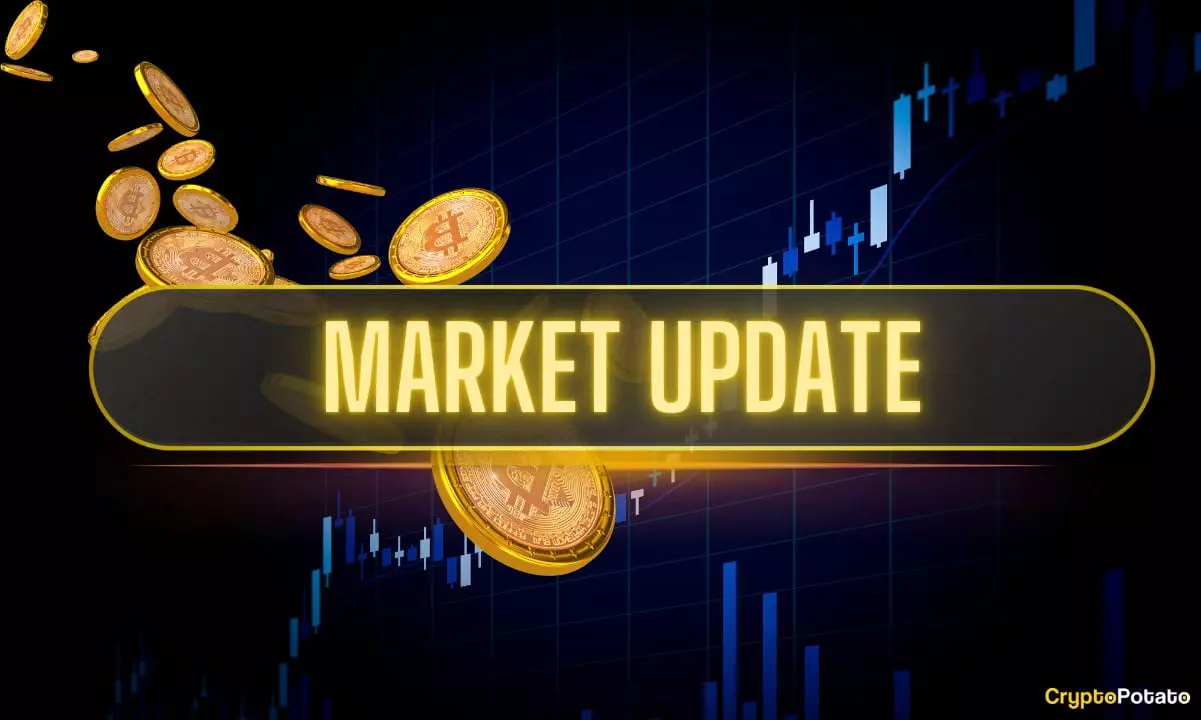In the tumultuous realm of cryptocurrency, recent political developments, notably those stemming from the Trump administration’s aggressive trade policies, have sent shockwaves throughout financial markets. With President Trump initiating what he dubbed ‘Liberation Day,’ launching massive tariffs against key global trading partners, we are witnessing an unprecedented intersection of politics and cryptocurrency—a situation that illustrates the fragility of digital assets in the face of geopolitical tensions. It’s fascinating, yet alarming, to observe how closely linked our traditional markets are to political maneuvers, highlighting a reality that crypto enthusiasts must consider: volatility does not merely stem from crypto innovation but significantly from external political forces.
The tariffs imposed on April 2 are not merely economic sanctions; they have evolved into a battleground for international relations, wherein retaliatory tariffs, notably from China, created an immediate reactionary environment impacting Bitcoin and altcoins alike. This week has underscored the vulnerability of cryptocurrencies, with traders vacillating between panic selling and desperate attempts at recovery amid unpredictable fluctuations.
The Price Rollercoaster: Bitcoin Takes a Hit
Bitcoin, the so-called flagship of the cryptocurrency fleet, has displayed alarming price dynamics over the past week, oscillating between robust surges and significant declines. Beginning this week at approximately $81,200, it momentarily soared past $88,000 but subsequently nosedived back down as geopolitical tensions intensified following Trump’s implications for allies and rivals alike. The currency’s rapid plunge to $81,600 encapsulates a grim reality within the crypto sphere: external influences can wreak havoc on so-called ‘safe-haven’ assets.
Moreover, the dramatic shifts beg the question: can Bitcoin’s perceived stability withstand such external shocks? As much as we would like to consider cryptocurrencies as hedges against traditional economic disruptions, the current wave of turmoil reveals their susceptibility to external perturbations, specifically those ignited by political actions and international relations.
Altcoins Struggle Amidst Turbulent Waters
The overall market has not only witnessed Bitcoin suffering; altcoins have been the unfortunate victims of collateral damage. Tokens like TON, LINK, and SOL posted staggering losses, sparking concern about their viability in such uncertain times. As these altcoins tumble, one cannot help but wonder if they will ever recover to their previous heights or if the market potential for them is irrevocably dampened.
Such developments raise significant discussions about the sustainability and future of numerous altcoins. Are they merely inflated by speculative tendencies? It seems that in the backdrop of a fracturing geopolitical landscape, traders are increasingly seeking refuge in more established cryptocurrencies, sidelining the altcoins which, despite their innovations, struggle to secure an audience amid this chaos.
The Experts Weigh In: Varied Perspectives Amid Chaos
As the crypto market grapples with uncertainty, various expert predictions emerge, some asserting a bullish future for Bitcoin despite the present mayhem. Arthur Hayes, a significant figure in the crypto landscape, forecasts a “money-printing boom” supporting Bitcoin, suggesting that if it can maintain a certain threshold through pivotal dates such as tax day, a bull cycle may follow. Such commentary illustrates the duality of sentiment within the crypto community. While some are cautious given recent events, others maintain optimism for Bitcoin as a long-term asset.
Contrasting opinions are prevalent, as industry experts dissect Ethereum’s struggle below $1,800, attributing its downturn to reduced network activity. Their analyses serve as reminders that while volatility reigns, there are fundamental factors at play in addition to external influences, urging traders to appreciate the complexities of this evolving landscape.
A Glimpse into Regulatory Movements and Future Outlook
Amidst this volatile climate, some companies are moving forward defiantly; Circle’s recent IPO filing showcases a burgeoning optimism for regulatory advancements within the U.S. landscape. This signals that despite the cacophony created by tariff battles, there are entities ready to capitalize on stability and hope for a more controlled financial environment.
While the fallout from Trump’s trade decisions looms heavily over cryptocurrency, it further stresses the need for strategic navigation through this market. In an era where emotional trading can dictate rapid changes in market sentiments, understanding the intricate relationship between global politics and cryptocurrencies becomes more crucial than ever.
As we look ahead, we must recognize that the interplay between cryptocurrencies and external socio-political variables may define the next phase of market dynamics.















